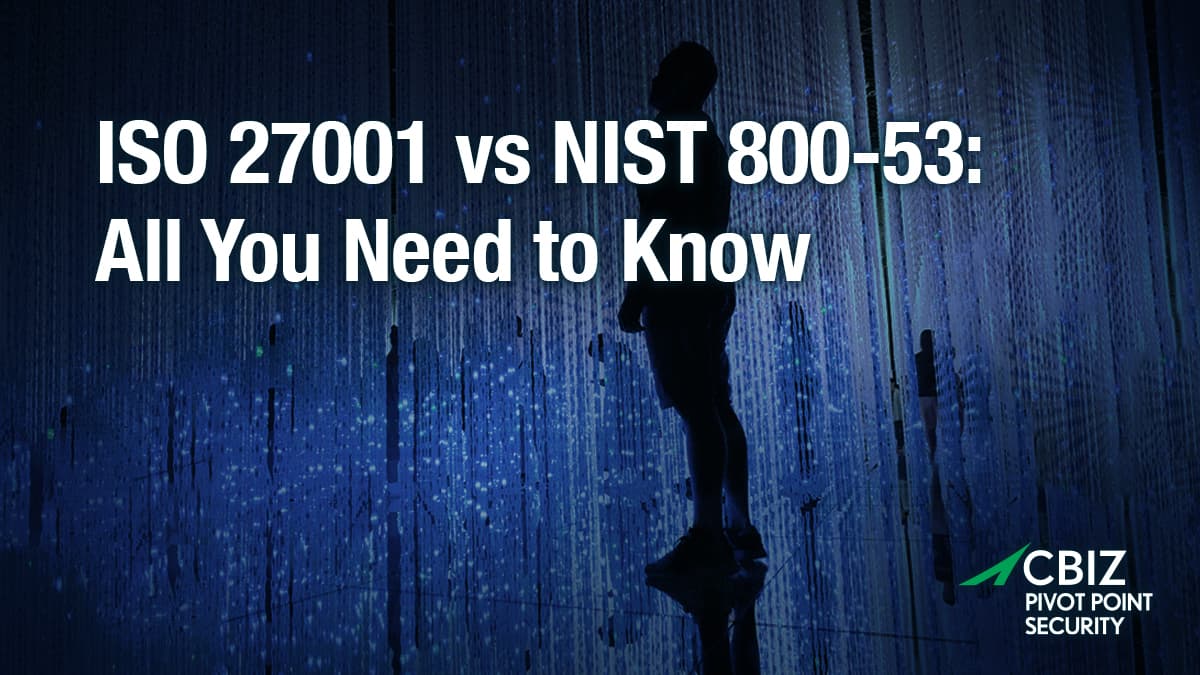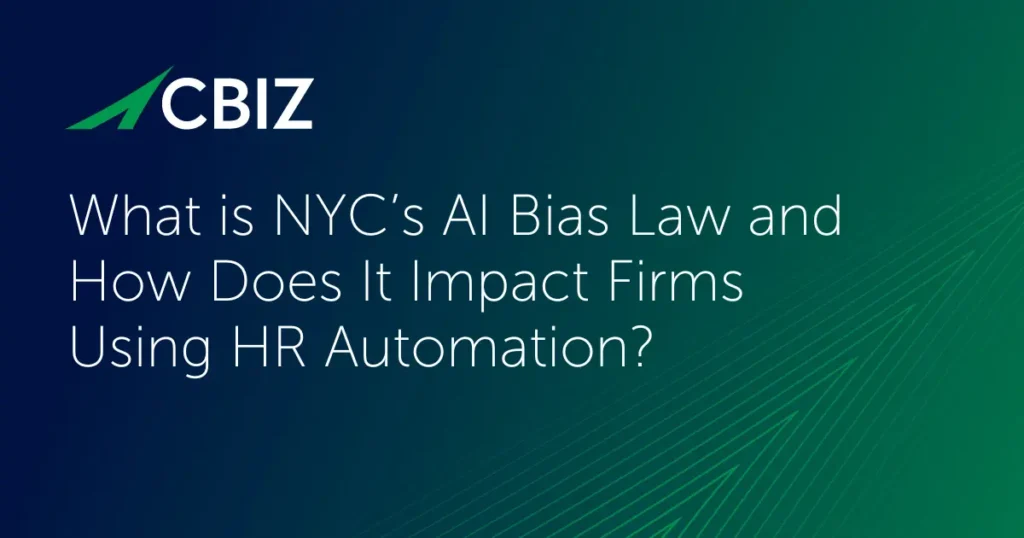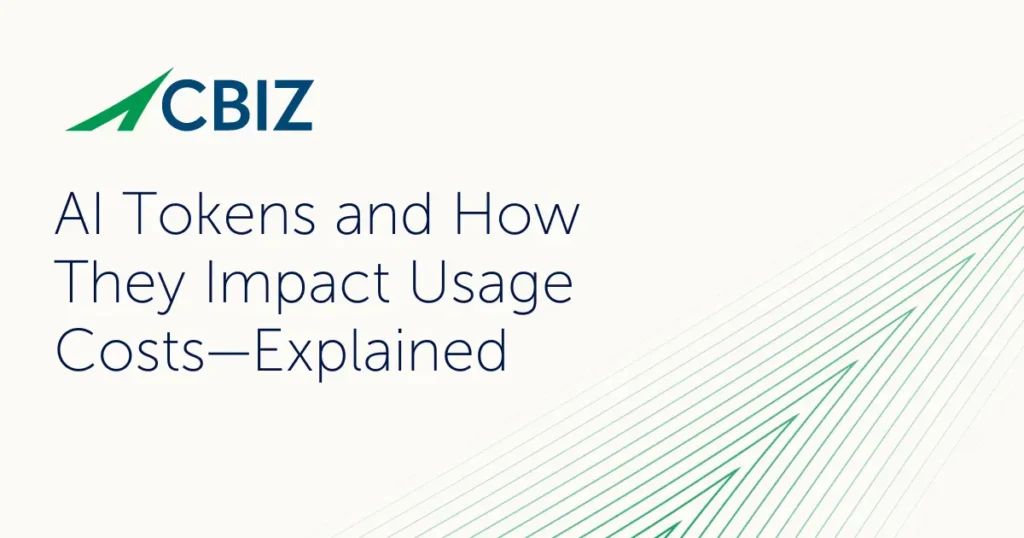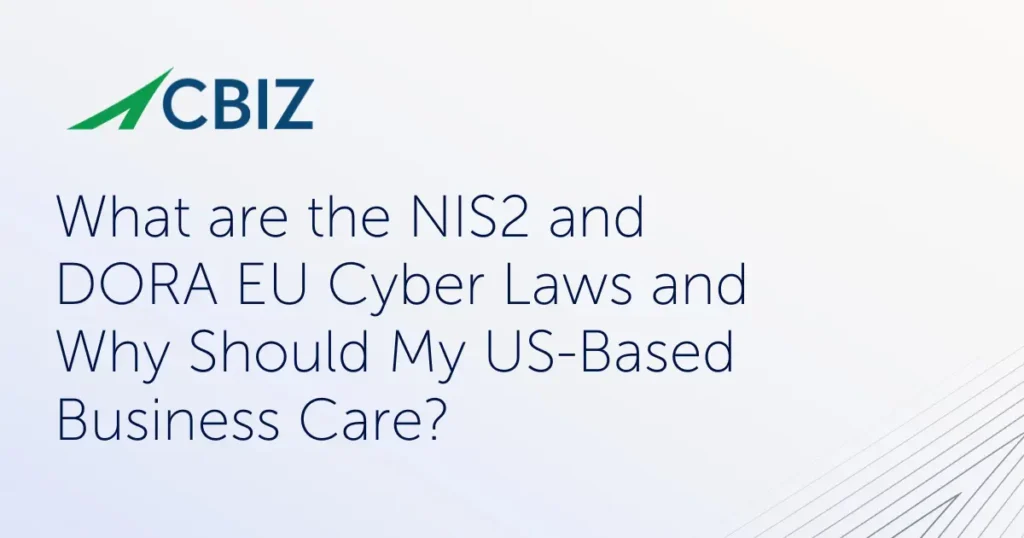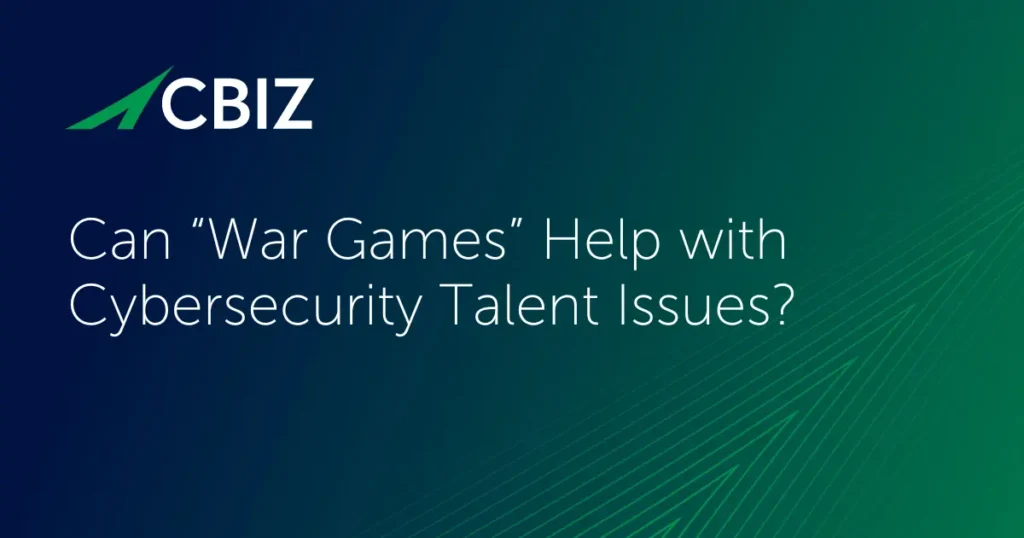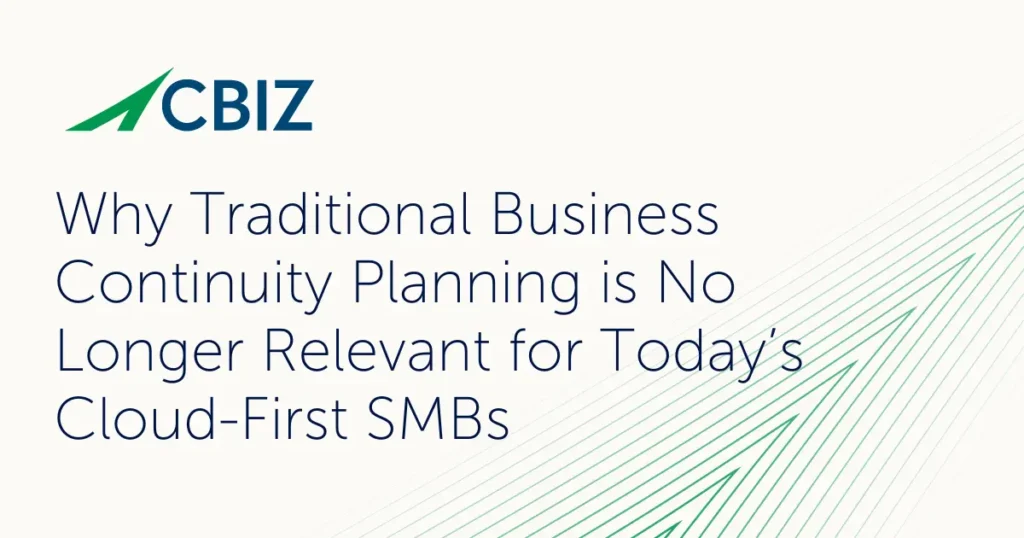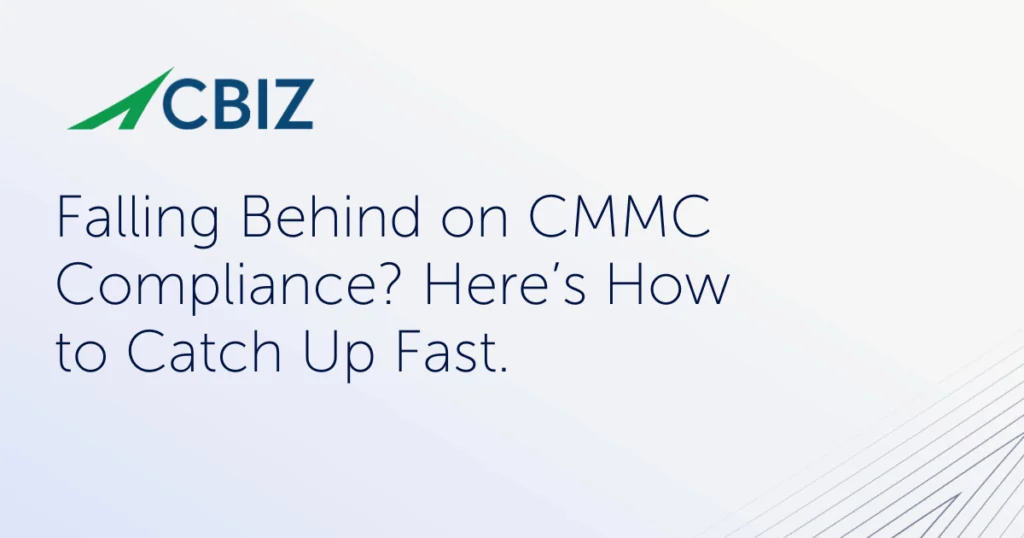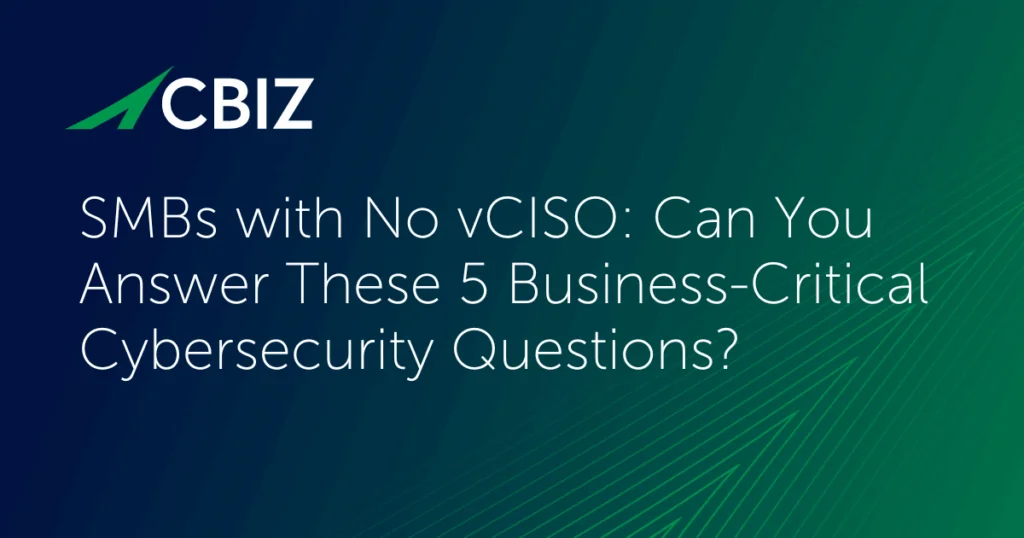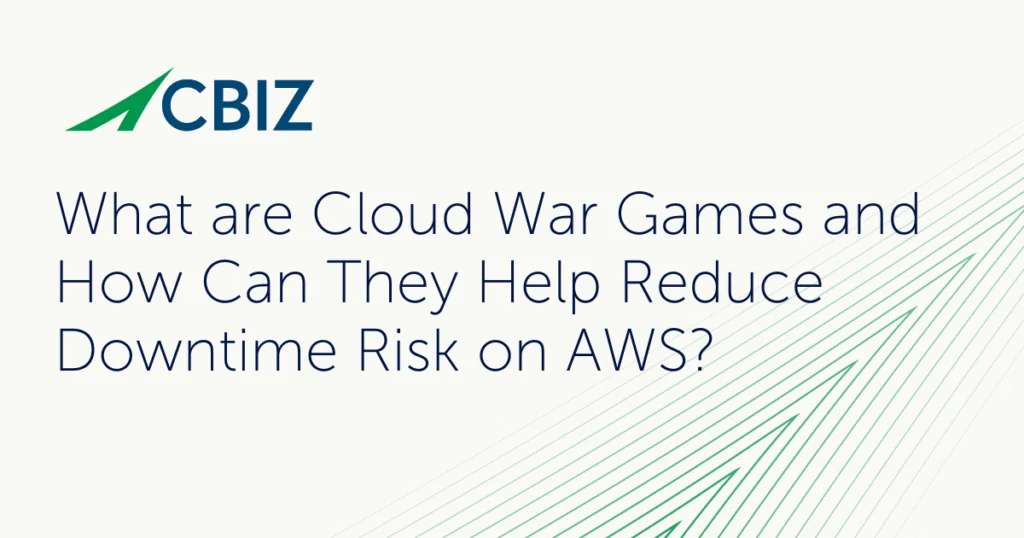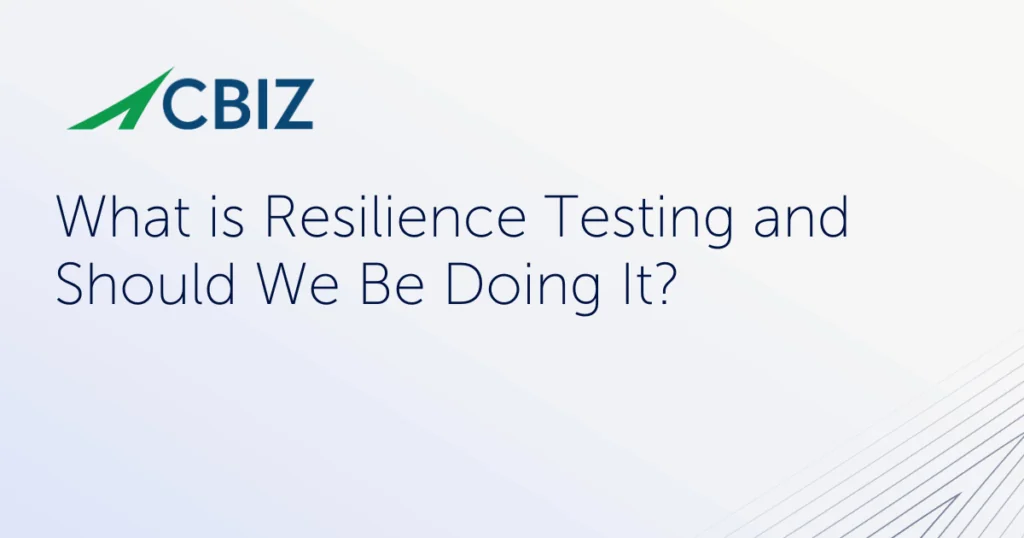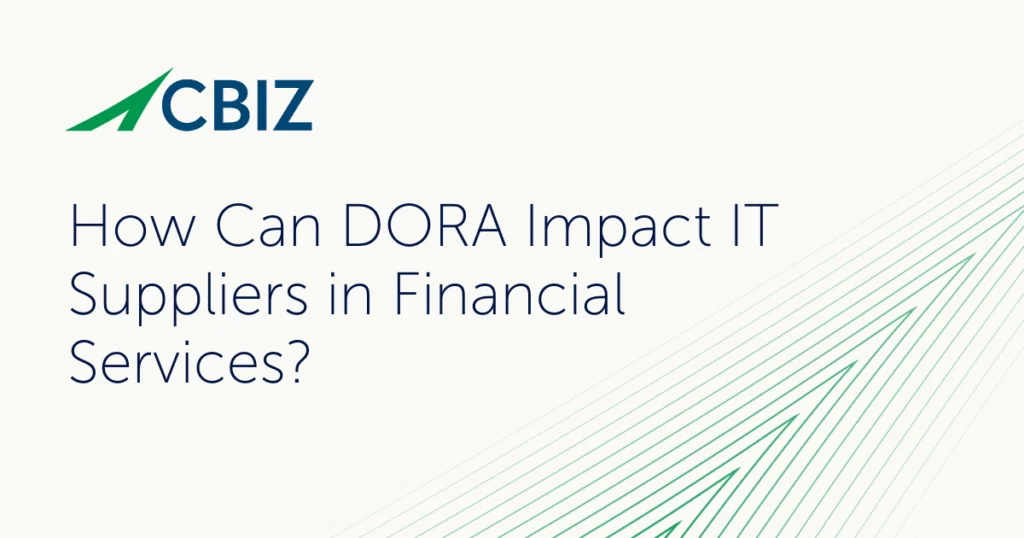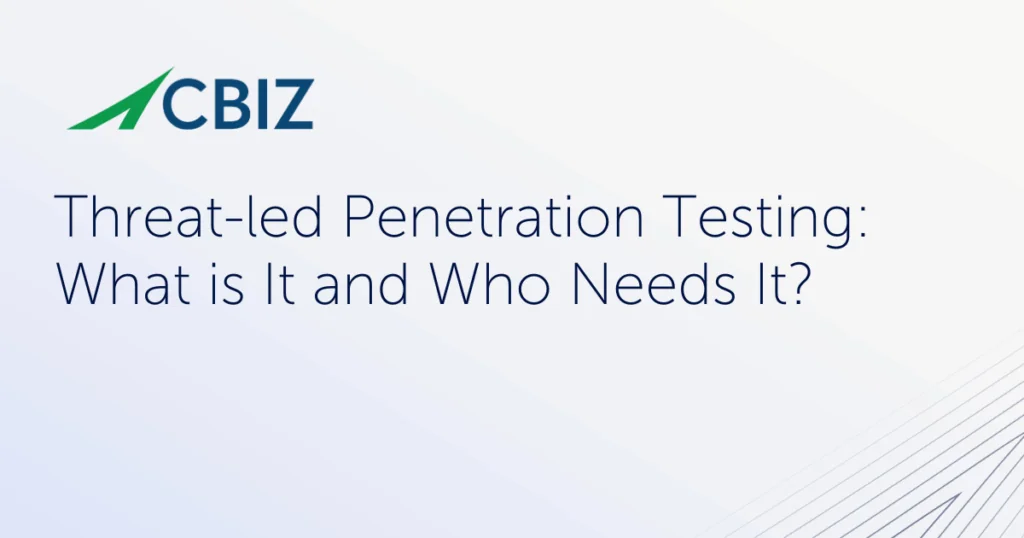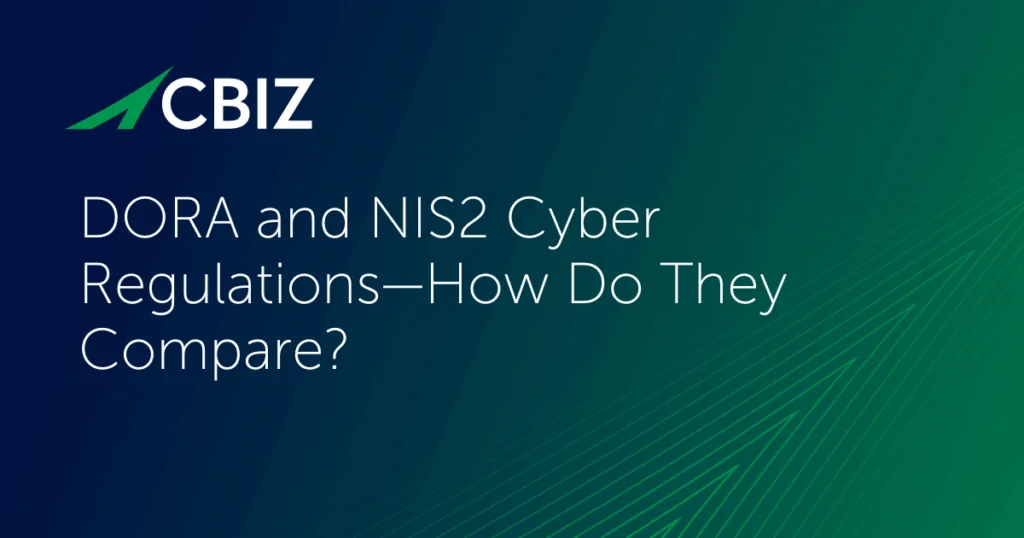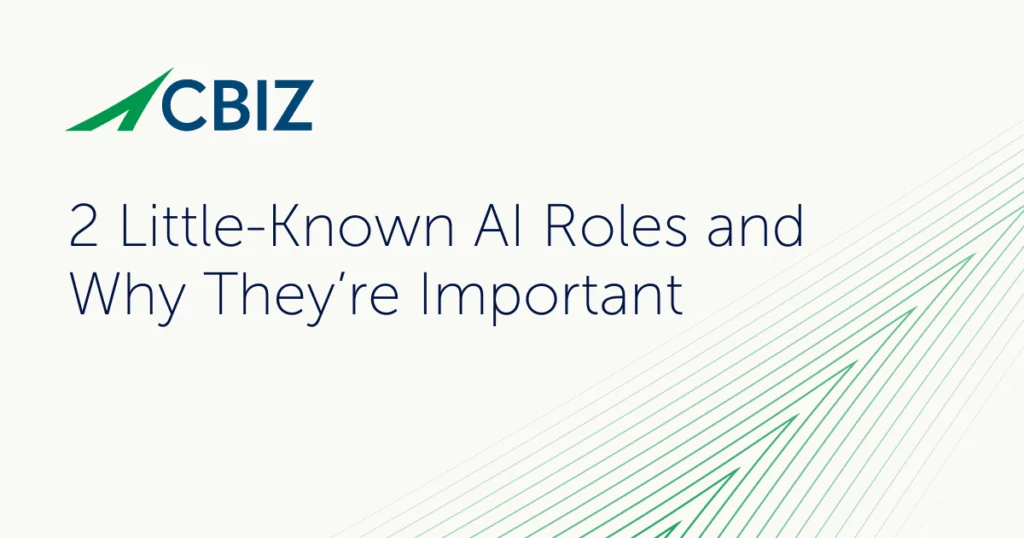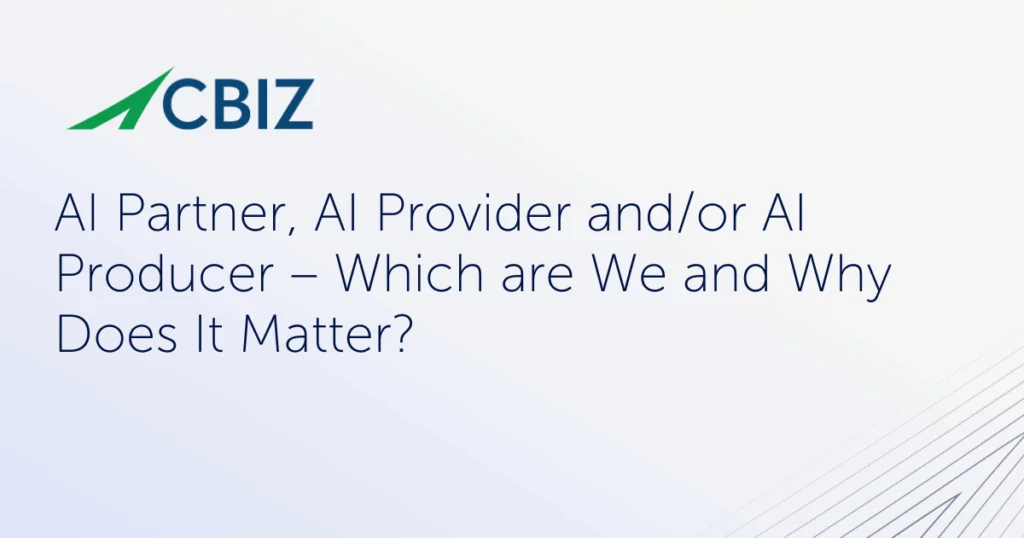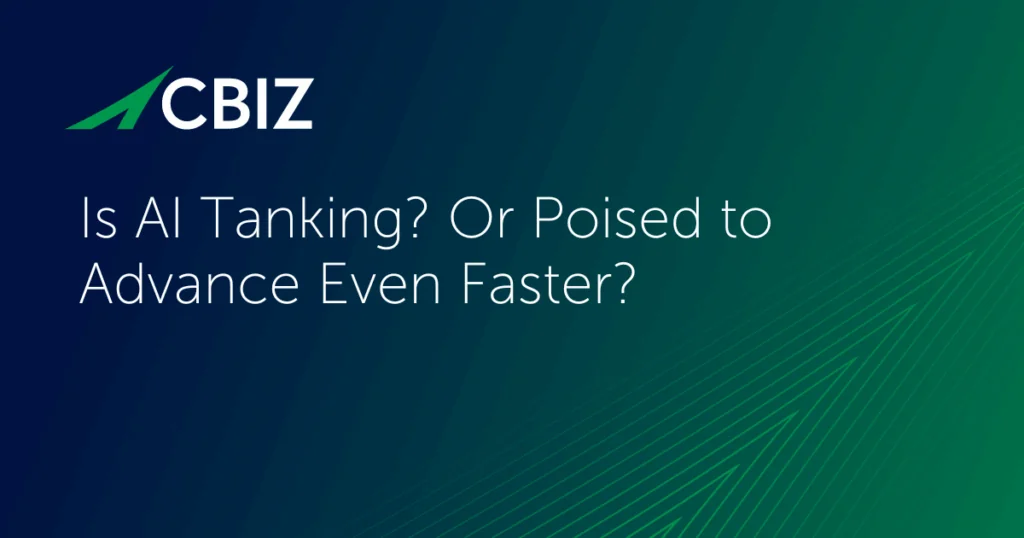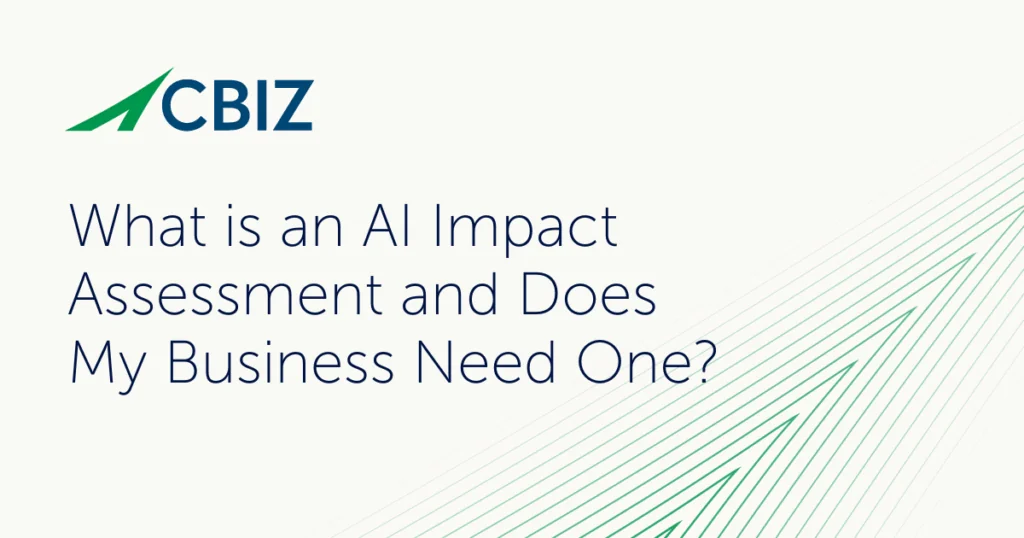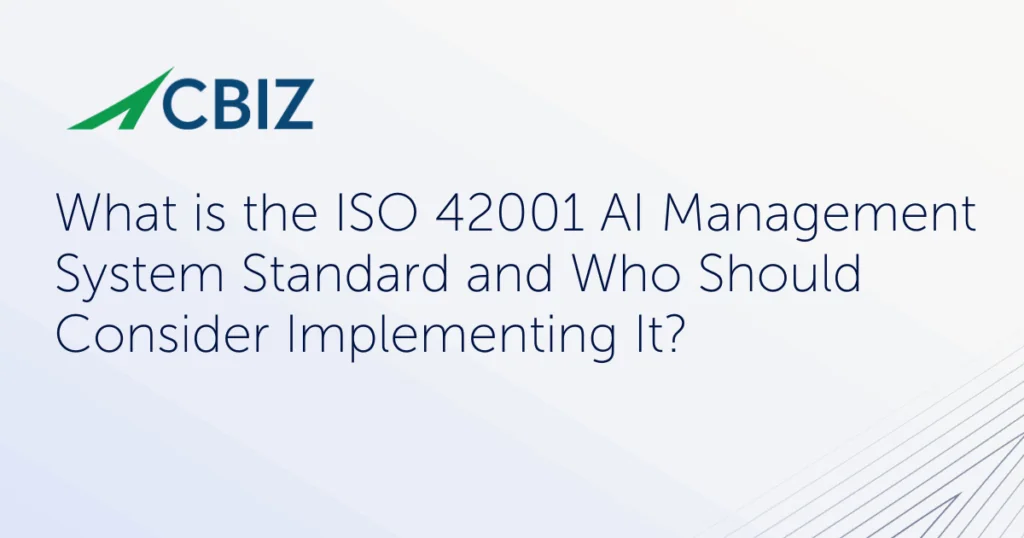Last Updated on December 26, 2025
All cybersecurity standards and frameworks have the same overarching goal: to reduce an organization’s cybersecurity risk and mitigate the potential impacts of cyberattacks. But which standard(s) should your company use to evaluate and/or guide its cybersecurity program?
This article explains the similarities, differences, and key advantages of ISO 27001 versus NIST 800-53, two of the most comprehensive and widely used cybersecurity standards. It covers everything you need to know to decide which is better your organization.
What is ISO 27001?
ISO 27001:2022, “Information security, cybersecurity and privacy protection – Information security management systems – Requirements” is a globally accepted standard that defines requirements for planning, implementing, maintaining, and continuously improving an information security management system (ISMS). Applicable to any organization, it promotes a holistic approach to assessing and managing cybersecurity risk.
ISO 27001 is one of the world’s most popular cybersecurity standards, with over 70,000 certificates issued in 150 countries as of 2022. ISO 27001 certification requires passing a standardized third-party audit, making it one of the best ways to reassure stakeholders that your business can verifiably protect sensitive data.
Another reason for ISO 27001’s popularity is its flexible, nonprescriptive approach, which makes it applicable to any organization. ISO 27001 emphasizes best-practice risk assessment leading to development of a robust cybersecurity management program, as opposed to simply mandating control requirements. Yet aligning with its comprehensive guidelines enable companies to readily address other cyber compliance regulations, such as HIPAA, Sarbanes-Oxley, and PCI DSS with minimal effort.
What is the NIST 800-53?
The US National Institute of Standards and Technology (NIST) developed NIST 800-53, “Security and Privacy Controls for Information Systems and Organizations” to provide a standardized, inclusive set of cybersecurity and privacy controls for US government agencies and other organizations. It is the main source of cybersecurity and privacy guidance for the US public sector. All US federal agencies and their worldwide supply chain partners must comply with NIST 800-53, making it a leading cybersecurity standard both in the US and globally.
NIST 800-53 is intended to be used alongside the NIST 800-37 risk management framework to tailor organizational control requirements based on risk. It defines three cybersecurity control baselines that align with associated information system impact levels (low-, moderate-, and high-impact). NIST 800-53 also defines a privacy control baseline that applies across impact levels.
With a massive catalog of about 1,150 controls, NIST 800-53 is applicable not just to US government agencies, but to any organization. A critical part of the assessment and authorization process for US government information systems is identifying, deploying, and monitoring a suitable subset of these controls.
Get Help Navigating Compliance Requirements →
How do ISO 27001 vs NIST 800-53 compare?
As inclusive and widely proven cybersecurity frameworks with similar scopes, ISO 27001 and NIST 800-53 have a lot in common. For example:
- Both emphasize risk assessment as a foundation for implementing controls.
- Both take a multi-tiered or “defense in depth” approach to cybersecurity.
- Both cover all facets of cybersecurity, including privacy and incident response.
- Both offer guidance on cybersecurity policies, processes, governance, and management in addition to technical controls.
- Both provide direction on monitoring, auditing, and compliance assessment for controls.
But the overall focus of the two standards differs:
- ISO 27001 focuses on planning, implementing, operating, and enhancing a standard-compliant ISMS.
- While any organization can use it, NIST 800-53 focuses on classifying and protecting data in US government information systems.
Other differences between ISO 27001 and NIST 800-53 include:
- ISO 27001 compliance is voluntary whereas NIST 800-53 compliance is mandatory for US government agencies and their contractors.
- ISO 27001 includes a certification process that any organization can use to attest to compliance. The official compliance assessment process for NIST 800-53 only applies US government information systems.
- ISO 27001 is internationally accepted, while NIST 800-53 is not as well known outside the US.
- Because it is intended specifically for US government information systems, NIST 800-53 is more prescriptive and less flexible than ISO 27001.
- With its emphasis on technical controls, NIST 800-53 mandates a much more extensive and granular set of controls than ISO 27001.
Table 1 overviews the most important differences between ISO 27001 and NIST 800-53:
| ISO 27001 | NIST 800-53 | |
| Target | An international standard applicable to any organization | Developed specifically for US government agencies |
| Mandatory? | No (voluntary) | Yes for US government agencies and contractors; voluntary otherwise |
| Certifiable? | Yes | Yes (optional) |
| Verification | Audit by an accredited third party | FISMA Certification and Accreditation four-phase process |
| Structure | 4 control categories; 93 controls | 20 control families; over 1,150 controls |
| Focus | Management of information security and compliance | Technical cybersecurity controls |
| Trust | Highest standard of proof and stakeholder trust with certification | No certification outside US government |
ISO 27001 vs NIST 800-53: Which should my business choose?
ISO 27001 and NIST 800-53 can both help organizations protect their sensitive data and mitigate data breach risks and impacts. Some organizations use the two standards together to optimize their cybersecurity posture and ensure compliance with an even wider range of requirements.
Which one should your business use? The choice will probably come down to what your customers and stakeholders are demanding:
- If yours is a private sector business, your customers are more likely to require ISO 27001 compliance to do business with them.
- If your company serves (or plans to serve) the US government, NIST 800-53 compliance will be highly relevant to many of your customers and business partners.
- If your client base is international, ISO 27001 will probably offer more marketing value.
- If you need to “prove security and compliance,” ISO 27001 certification is an unbeatable standard of proof to ensure stakeholder confidence and trust in your ability to safeguard their data.
What’s next?
Wherever you are on your cybersecurity and compliance journey, CBIZ Pivot Point Security can help you navigate the complexities of aligning with a trusted standard, assessing where you are today, and charting the best path to achieve your business goals. Contact us to schedule a free conversation with a cybersecurity expert.
Download Your CMMC V2 Guide Now










